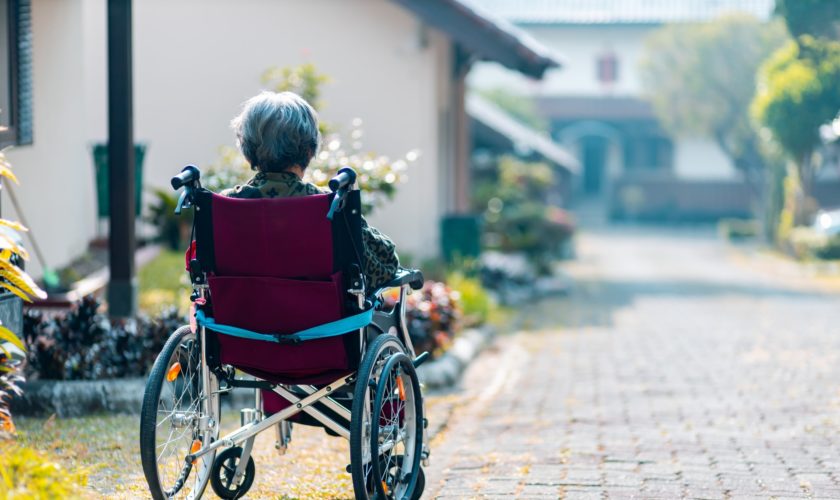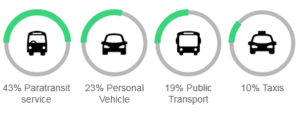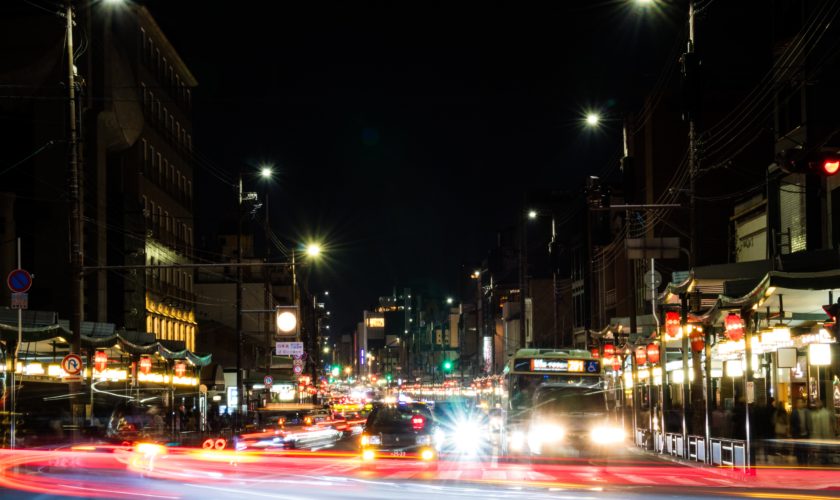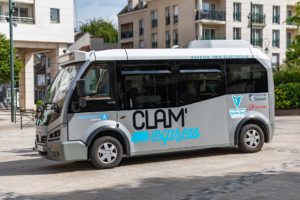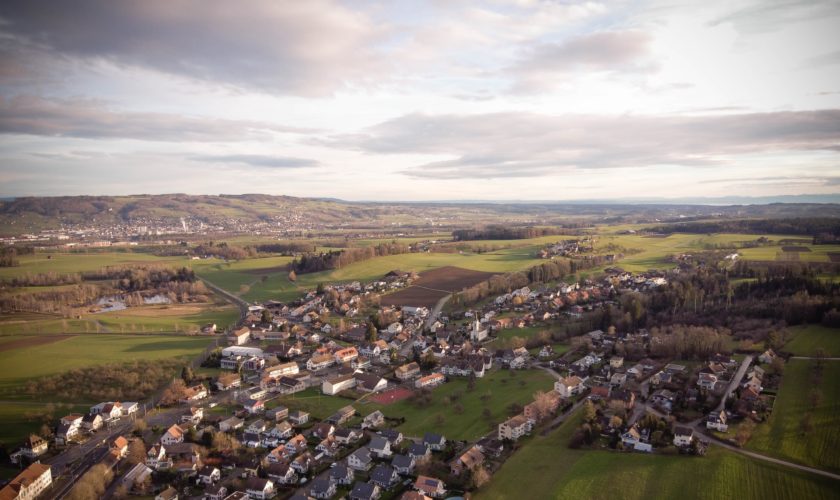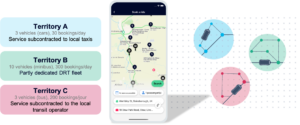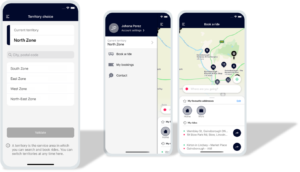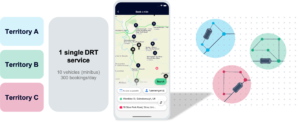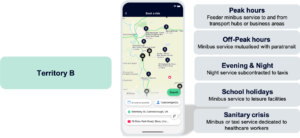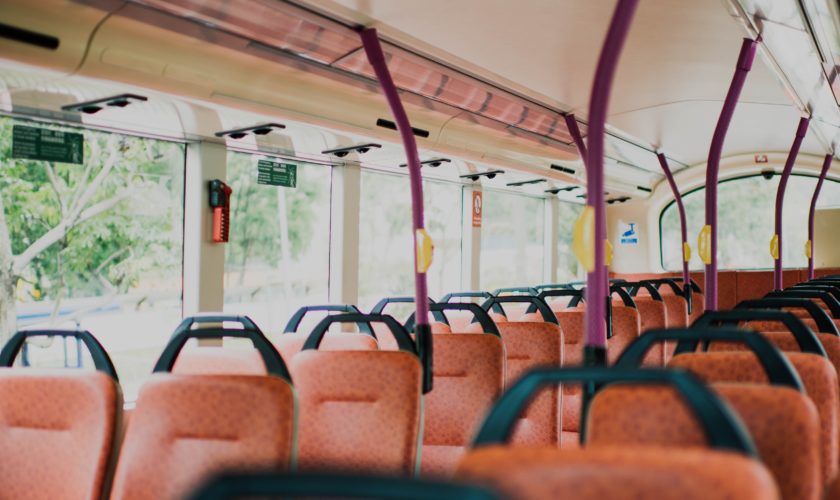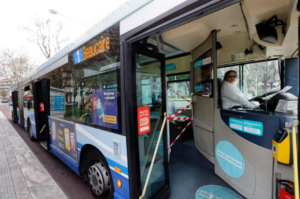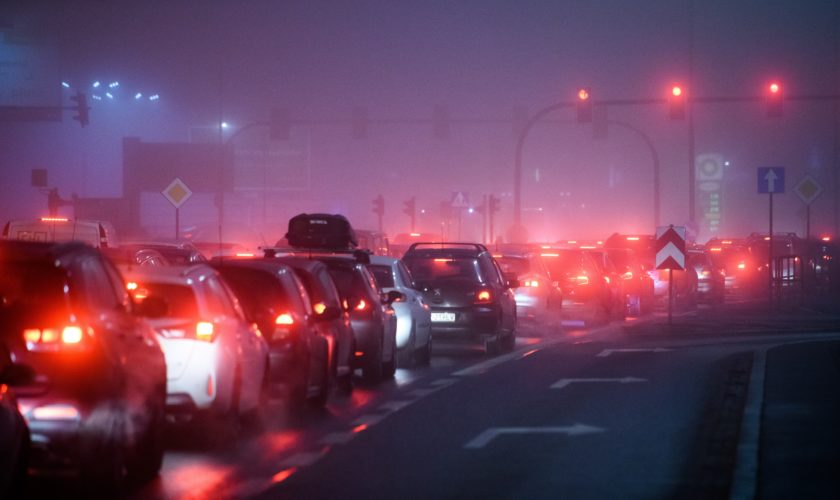The vaccination campaign that has started is targeting in priority the most fragile populations. Those for whom the vaccine is the most urgent, those also for whom mobility can be a challenge. The task is to transport these groups to the vaccination sites, which have not been the main concern of those designing public transport systems until now.
The Île-de-France region, in collaboration with the départements, has deployed all its resources to facilitate travel to and from vaccination centers. The region is relying on the departmental PAM (Pour Aider à la Mobilité) networks, which allow people with disabilities of 80% or more to travel around the region.
By also relying on its Dynamic Demand Responsive Transport system, TAD IDFM. This innovation, carried out jointly by the regional authority, Padam Mobility and setec, has already provided tens of thousands of users with efficient public transportation in the low-density areas of the outer suburbs of Paris.
Ultra-fast implementation
Flexible, the Dynamic DRT makes it possible to book a trip between two stops without the vehicle having to follow pre-defined lines or schedules. The transport authority was therefore quickly able to add stops on the Padam Mobility platform to serve vaccination centers in the greater Paris area: in Rambouillet, Saint-Rémy lès Chevreuse, Houdan, Melun, Nemours, Lagny and Pontoise.
In the mobile application, on the website or on the phone, users simply select this new stop, as the transport network has adapted in real time. The interfaces also make it possible to specify whether the user is over 75 years old, a category for which transport to a vaccination center will be free.
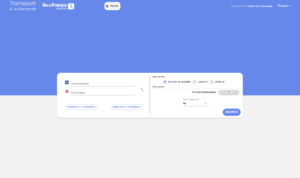
The dual PAM / TAD IDFM system set up by the region demonstrates the clear synergies between on-demand public transportation and paratransit. TAD makes it possible to offer a service that is both optimized for the community, thanks to algorithms that recalculate routes in real time, and meets the specific needs of each user.
This article may be of interest to you:
Why should public transport become stronger (than ever) despite social distancing?
Find out more about Padam Mobility’s Demand-Responsive Transport offer here.


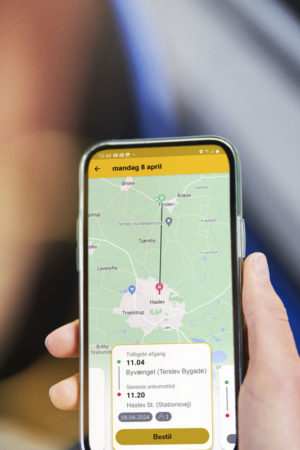

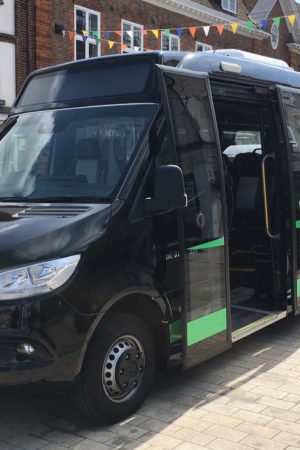
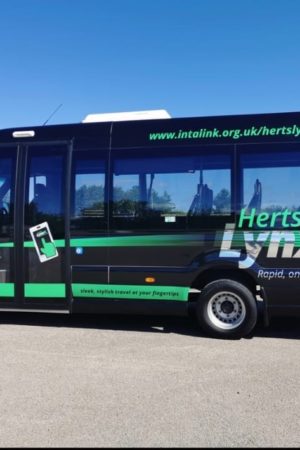


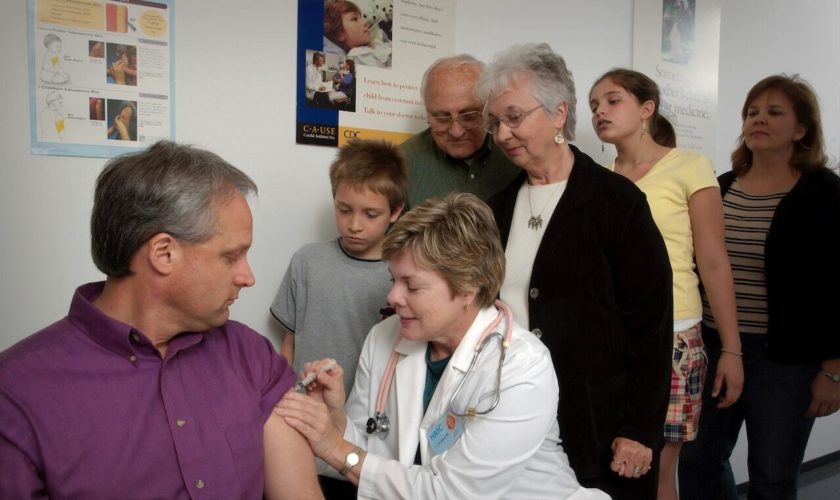
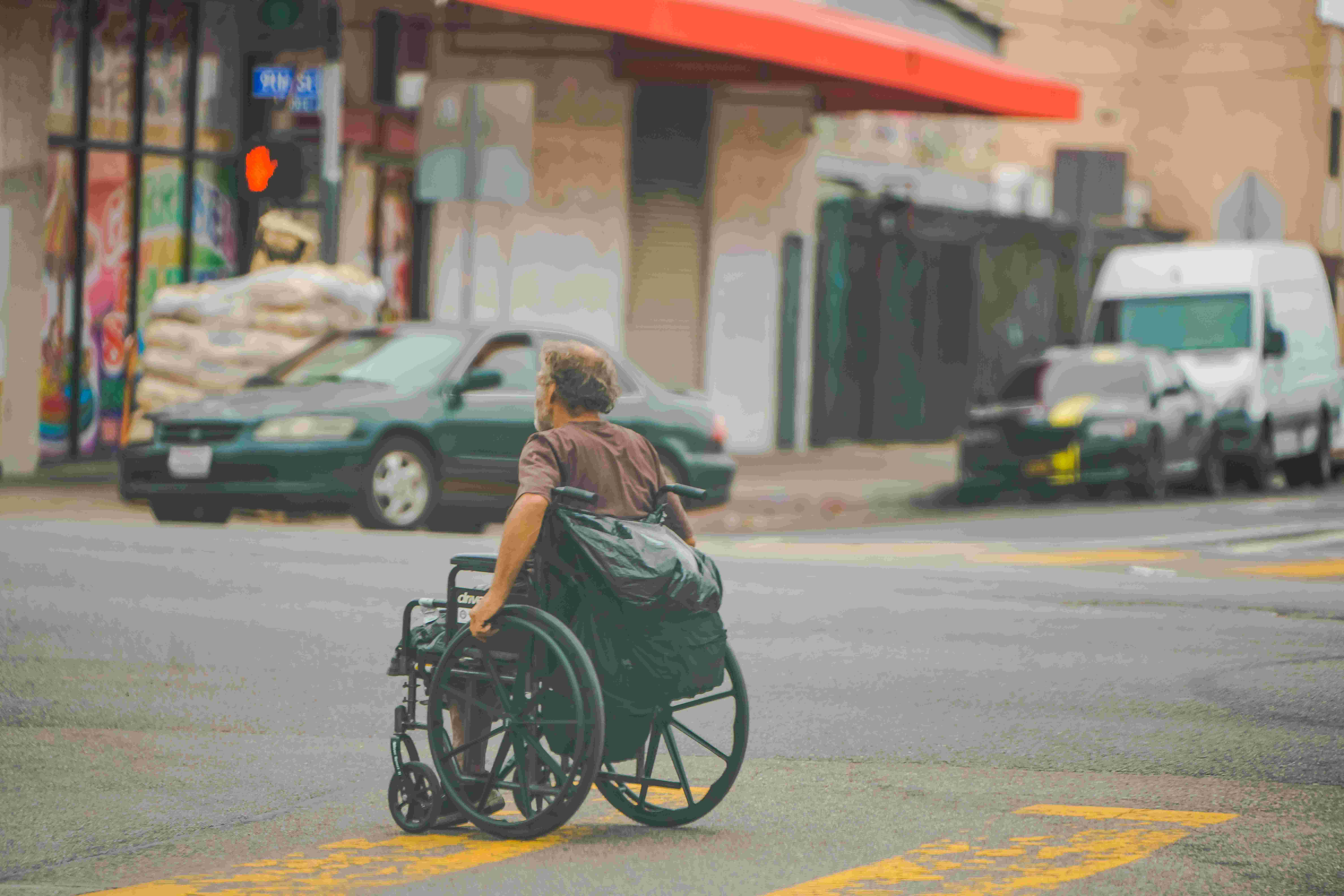
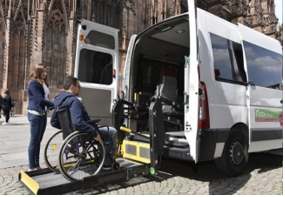
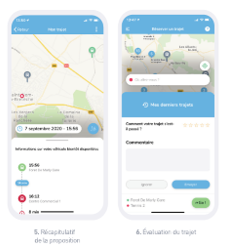 Demand-Responsive Transport (DRT), instead of offering rigid schedules, focuses on users and their mobility needs. While more than 70% of People with Reduced Mobility live in suburban areas, DRT offers a door-to-door service with adapted vehicles.
Demand-Responsive Transport (DRT), instead of offering rigid schedules, focuses on users and their mobility needs. While more than 70% of People with Reduced Mobility live in suburban areas, DRT offers a door-to-door service with adapted vehicles.